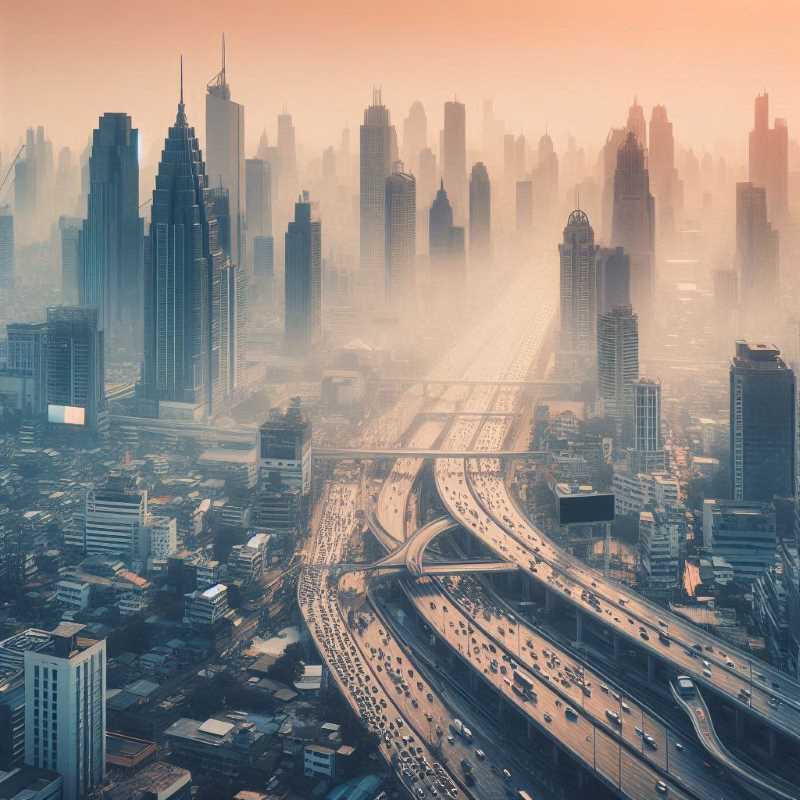How Concrete Jungles are Turning Up the Heat on Humanity
Cities are heating up due to urban heat islands, impacting health and energy use. Experts discuss solutions like green spaces and building design, but note challenges like economic inequality where lower income areas often have less green space.

They say cities never sleep, but these days, it seems they never cool down either. Meet the Urban Heat Island (UHI), the unwelcome guest that's turning our metropolises into simmering stewpots. This phenomenon, where cities experience significantly higher temperatures than surrounding areas, is no longer a baffling fact sheet statistic. It's a full-blown villain in the climate drama, impacting everything from our health to our wallets.
Imagine it: you're stuck in rush hour traffic, breathing in fumes as hot as a dragon's breath. That's what it's like for millions living in the clutches of a UHI. Dr. Jorge Méndez Astudillo, a climate expert with a knack for numbers, explains the science behind the sweat. Cities, with their asphalt jungles and towering buildings, soak up heat like a sponge. All that concrete and steel acts as a giant heat trap, trapping warmth instead of letting it escape like fresh air should.




